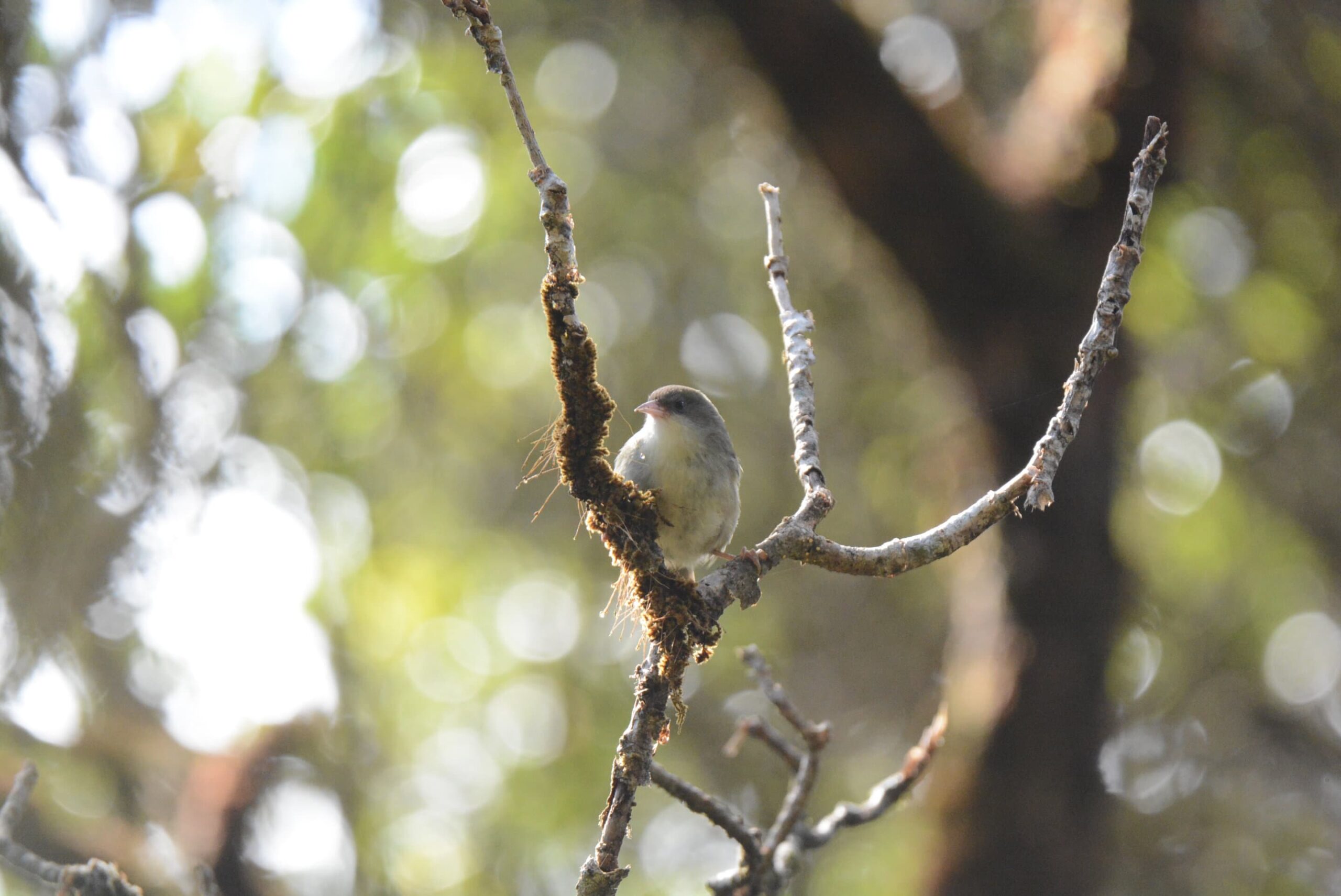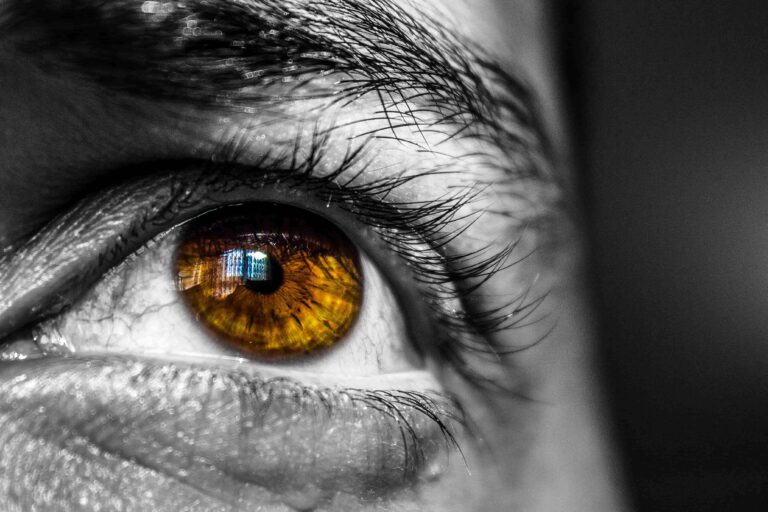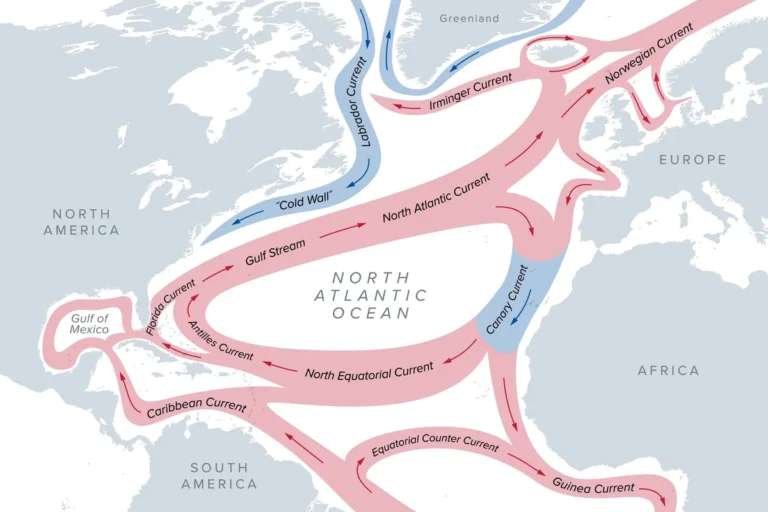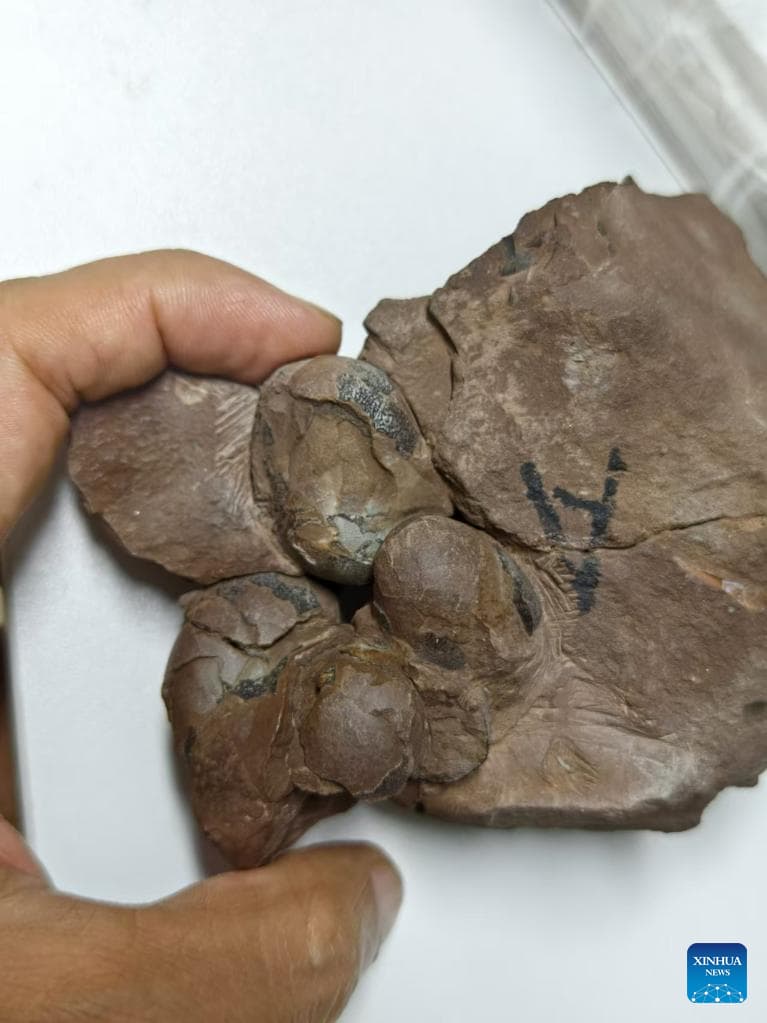Why Some Birds Face Extinction: Insights from the University of Utah’s Study
Introduction
Ever wondered why some bird species seem to disappear faster than others? Since 1500, 216 bird species have gone extinct, leaving us to ponder what makes certain birds more vulnerable. Researchers at the University of Utah have cracked the code, revealing key traits that increase extinction risk. This knowledge isn’t just academic; it’s a lifeline for conservation efforts aiming to save our feathered friends.
Island Birds and Extinction
Challenges Unique to Island Birds
Island birds are particularly at risk, and the reasons are clear. Many evolve without natural predators, which makes them ill-equipped to deal with threats introduced by humans, such as cats, rats, and snakes. Their isolated habitats also mean limited genetic diversity, leaving them vulnerable to disease and environmental changes.
Hawaii’s Grim Statistics
Hawaii is a heartbreaking example. More bird species have vanished from this paradise than from any other region on Earth. Take the ‘Akikiki, a Hawaiian honeycreeper. Once abundant, only one remains today, largely due to avian malaria spread by mosquitoes. The islands’ isolation, once a refuge, has become their greatest vulnerability.
Wings and Vulnerability
Pointy vs. Round Wings
Contrary to what you might expect, birds with pointy wings, adapted for long-distance flights, aren’t better equipped for survival. Rounder wings, which offer greater maneuverability in dense habitats, seem to be a better defense mechanism against predators and environmental changes.
Flight Adaptations and Extinction Risk
Wing shape isn’t just about aesthetics—it’s about survival. Birds with flight adaptations tailored to specific environments may struggle when those environments change, especially due to human interference.
Size Matters
Why Larger Birds Struggle
Being big isn’t always an advantage. Larger birds are often targeted for hunting, and their size requires more resources, making them more susceptible to habitat loss. They’re like giant puzzle pieces in an ecosystem—remove a piece, and the whole system feels the impact.
Case Studies of Larger Birds
Think of the dodo or the passenger pigeon. Both were larger species, and both were hunted to extinction. Their size made them easy targets and their populations couldn’t recover quickly enough.
Timing and Extinction
Patterns Over Time
The timing of extinctions offers valuable insights. Since 1500, human activity has accelerated the rate at which birds vanish. Understanding these patterns helps conservationists identify the causes and intervene before it’s too late.
Conservation Implications
Timing isn’t just a historical curiosity—it’s a tool. By studying when extinctions occur, researchers can anticipate and prevent future losses.
Human Impact on Bird Extinction
Habitat Loss
Urban sprawl and deforestation are like bulldozers for bird habitats. As we take over their spaces, birds are left with fewer places to nest, feed, and thrive.
Introduced Species
Invasive species wreak havoc on native bird populations. Predators like cats and rats decimate eggs and chicks, while mosquitoes spread deadly diseases like avian malaria.
Conservation Efforts and Hope
Learning from the Past
By analyzing past extinctions, researchers can pinpoint the factors that led to these losses. This hindsight is the foundation of modern conservation strategies.
Current Strategies
Programs like captive breeding, habitat restoration, and invasive species control are making a difference. For example, efforts to save the California condor have brought this massive bird back from the brink of extinction.
The Role of Public Awareness
Conservation isn’t just for scientists. Public engagement, education, and grassroots efforts can make a huge impact. After all, who doesn’t love watching birds in their natural habitat?
Conclusion
The University of Utah’s study sheds light on the traits that put birds at risk. From island isolation to wing shape and size, these factors aren’t just statistics—they’re calls to action. By understanding why birds go extinct, we can work to protect those that remain.






